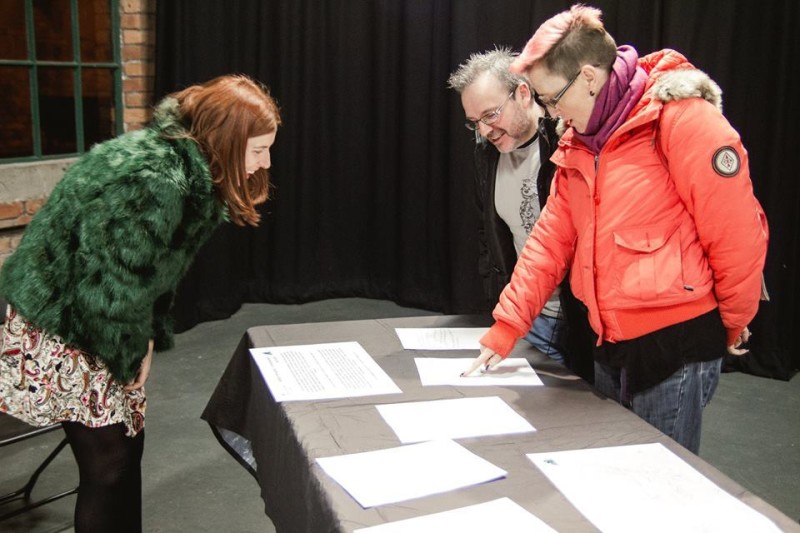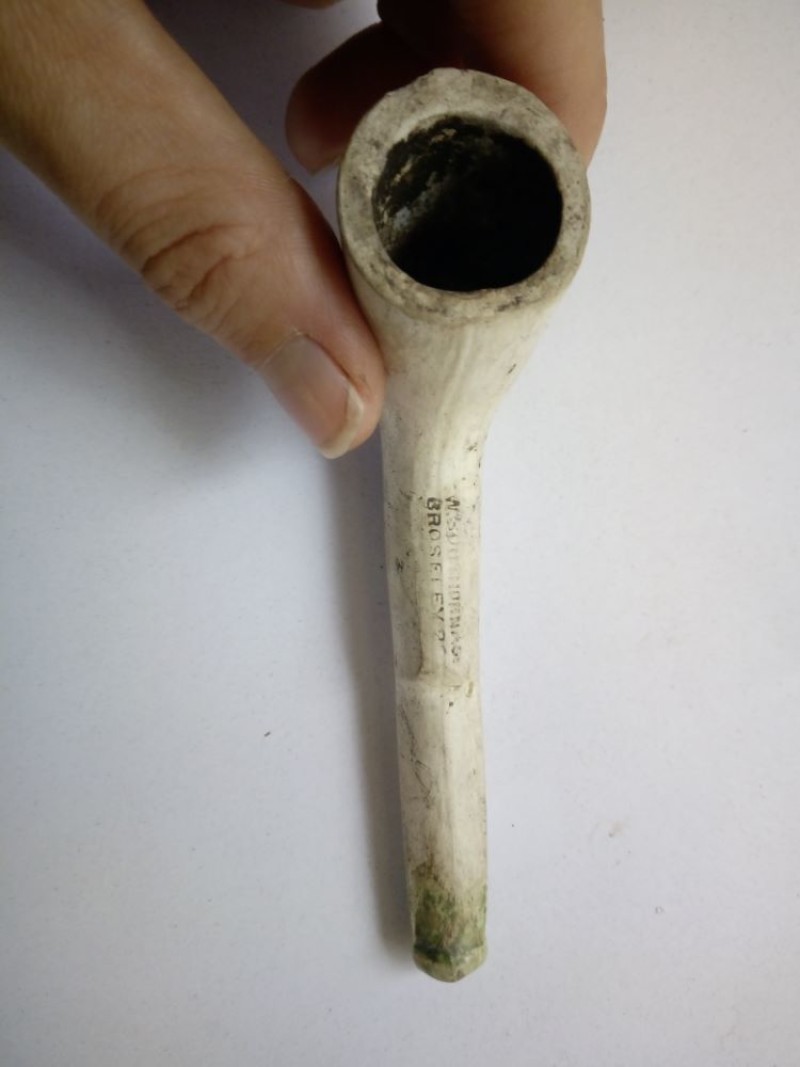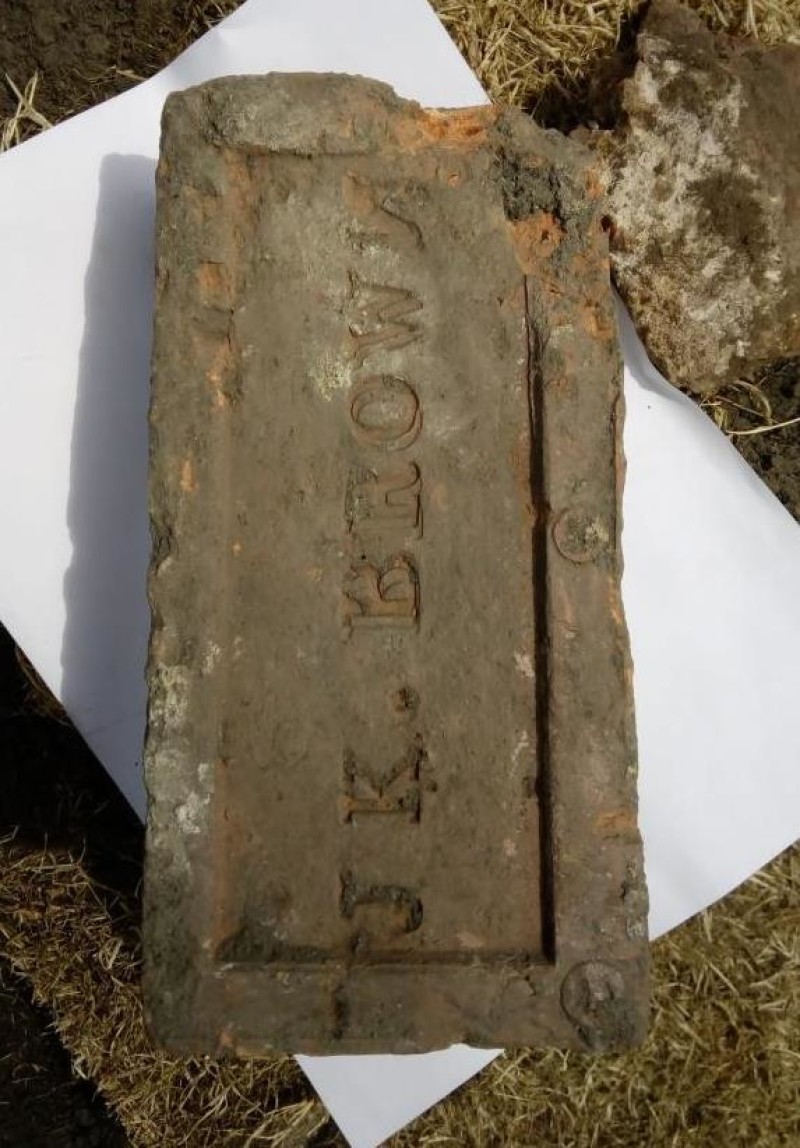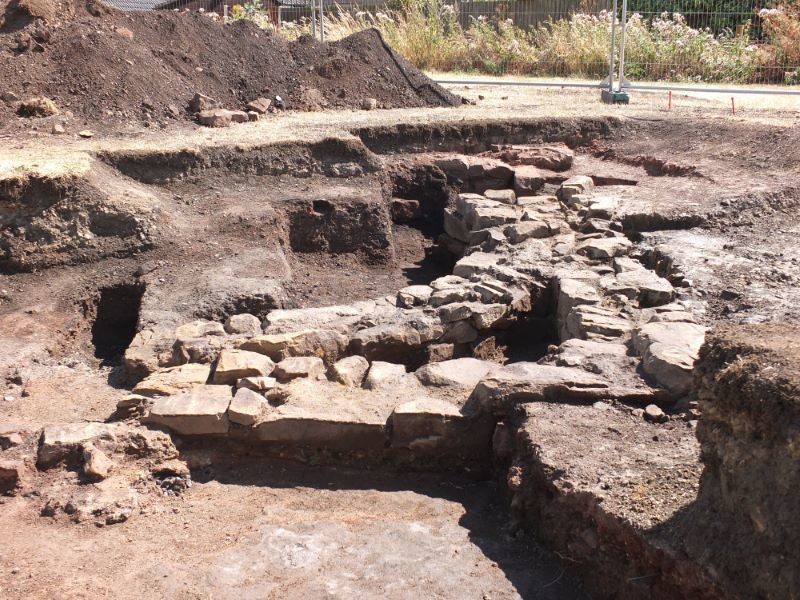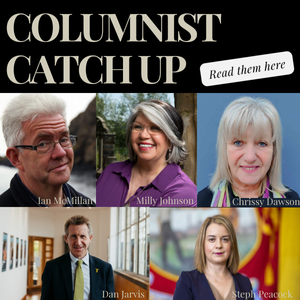RESULTS from an archaeological dig on the Forge playing field where the Milton Ironworks once stood has revealed the site was a lot larger than previously known.
Over the summer archaeologists excavated the playing field where the Ironworks operated from 1790 until 1883 and was once one of the greatest ironworks of the North - producing iron for Ball Street Bridge in Sheffield and London’s Southwark Bridge.
The results of the dig uncovered a number of things including the base of a calcining kiln which is a large oven that was used to roast iron ore before it was smelted in a blast furnace.
Dr Tegwen Roberts, Heritage Action Zone officer, said: “We think the kiln is from an early, and previously unknown, part of the Milton Ironworks.
The ironworks was established in the late 1790s and operated until the 1880s and the kiln is thought to date from the first half of the 19th century and would have played a key role in the iron-making process.”
A rare brick from a previously unknown local brick maker, J K Brown, was also uncovered and it is now thought that the brickworks where this was made was located relatively close to the ironworks on Armroyd Lane.
“The brickworks closed in the 1870s and, as far as we know, this is the first J K Brown brick ever to be found only a few hundred yards from where it was made,” said Dr Roberts.
Other notable finds included a piece of pottery that has been stamped ‘Hoyland Town, Belmont Working Men’s Club’ and a clay pipe that was known as a ‘cutty’ or ‘nosewarmer’ which was originally from Broseley in Shropshire and was used by workmen as they were short enough to balance between their teeth and smoke whilst working.
Richard Jackson, principal archaeologist with Arc Heritage, said: “The dig has been really exciting. The geophysics that Historic England did last year showed a big magnetic response here, so we were interested to find out why that was.
“We have been able to prove that the remains of the former ironworks have survived, and the site was bigger than we first thought.”
The dig was funded by Great Place Wentworth and Elsecar which is a three year Heritage Lottery and Arts Council England funded project and the Elsecar Heritage Action Zone which is a partnership between Historic England and Barnsley Museums.
More than 100 volunteers helped during the excavation and 55 school children from three local schools took part in the dig.

